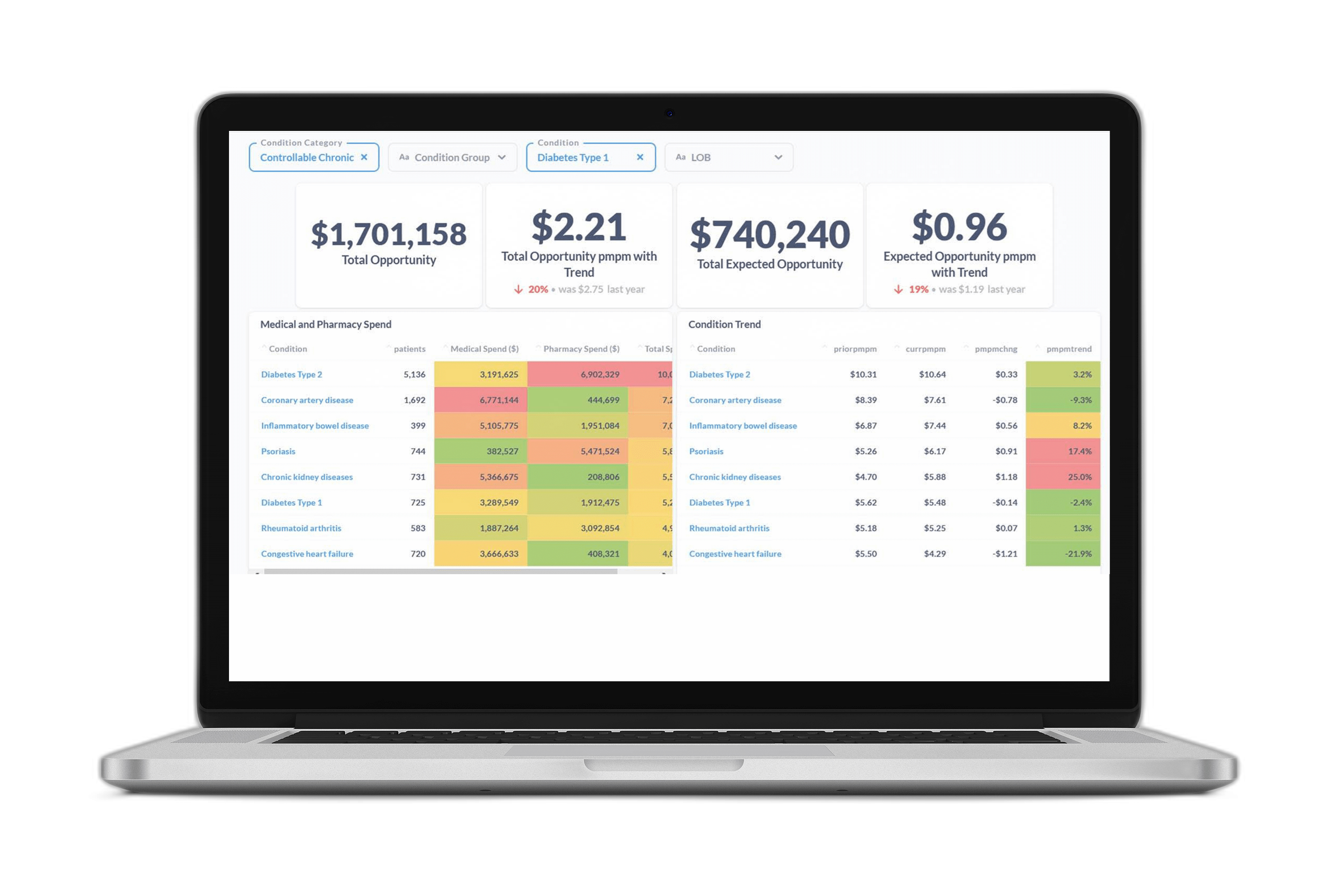It’s been well-documented that the COVID-19 pandemic has accelerated the adoption of telehealth. As a result, many providers and health plans are hoping to maximize the benefit of their virtual delivery models to improve care access and equity through more patient-centric, personalized, and cost-effective care. This includes connecting patients in rural or underserved communities to clinicians, enabling better chronic disease management, and eliminating everyday barriers for patients such as the need for childcare during doctor’s appointments.
Machine learning and advanced predictive modeling will be crucial to ensuring telehealth is utilized as efficiently and effectively as possible.
That’s why Certilytics built a novel predictive model using its proprietary BrainstormAI® platform that determines the probability a patient will engage with telehealth services. It’s part of our library of advanced predictive models designed to supercharge your medical management strategies at both the patient and population levels.
Below are three ways our customers are leveraging the power of predictive analytics to capitalize on the promise of telehealth and virtual care:
1. Expanding Access
Alongside policy changes encouraging telehealth’s adoption, healthcare leaders are focusing on breaking down digital divides between communities, addressing digital fluency, and expanding virtual networks.
Predictive models that predict a patient’s likelihood of utilizing telehealth have helped leaders visualize where those divides exist and invest in the expansion of telehealth programs in the most impactful locations.
2. Delivering Personalized Care
Telehealth use skyrocketed during the pandemic, and many patients remain hesitant to return to once-customary in-person visits. At the same time, many non-essential medical needs that were put off during the pandemic may now result in a surge in utilization.
AI-powered insights can help health plans and providers anticipate changes in resource consumption. Our predictive models take into account a patient’s emerging risk and their likelihood of engagement with different types of outreach, including telehealth–helping healthcare organizations understand where demand for virtual services is likely to increase.
3. Shifting to Proactive Care Management
Benefitting from telehealth’s potential is not just a question of where to prioritize access, but also when.
Effective, whole-person medical management strategies take into account a patient’s entire healthcare journey, and factor in the timing of when a virtual visit would be most advantageous. Is it post-visit? Post-op? Before an in-person doctor’s visit? These decisions, made quickly and proactively, can help improve chronic disease management and reduce avoidable costs like non-urgent ER visits.
Predictive insights into a patient’s likelihood of using telehealth services integrated with longitudinal patient risk profiles can help healthcare organizations transform the patient experience, improve health outcomes, and reduce the total cost of care.
Learn more about how Certilytics helps health plans, employers, and provider health systems make smarter business decisions, faster. Reach out at contact@certilytics.com to schedule a free consultation with our team of experts.









